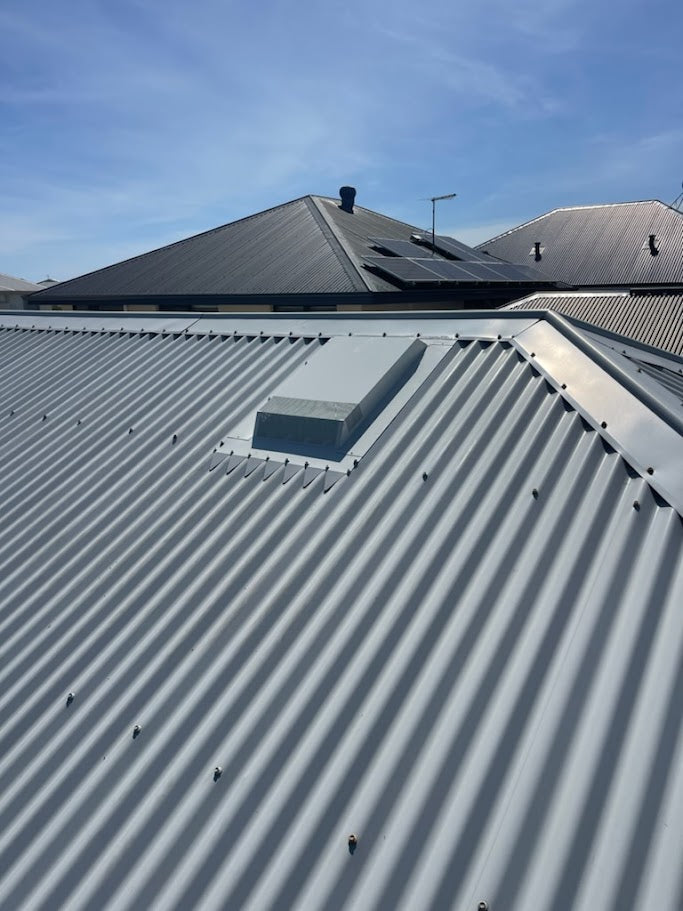
Why do I need Roof Ventilation in Australia
Share
Roof ventilation is important in Australia due to its climate, which ranges from hot and dry to humid and tropical. Proper roof ventilation improves the comfort, energy efficiency, and durability of your home. Here's why it matters specifically in the Australian context:
1. Heat Reduction in Summer
Australian summers can be extremely hot. Without ventilation, your roof space (attic) can reach temperatures of 60–70°C or more. This trapped heat radiates into your living areas, making your air conditioning work harder, which leads to:
- Higher energy bills
- Reduced AC lifespan
- Less comfortable indoor temperatures
2. Moisture & Condensation Control
Even in dry climates, nighttime cooling and weather shifts can cause condensation in your roof space. In coastal or humid areas (e.g., Queensland, parts of NSW), trapped moisture can lead to:
- Mold and mildew
- Timber rot and insulation damage
- Rust and corrosion in metal roofing components
3. Winter Benefits
In cooler southern regions (e.g., Melbourne, Tasmania), ventilation helps remove moist, warm air from everyday living activities (cooking, showering, drying clothes). Without proper roof ventilation in winter:
- Moisture can condense on the underside of the roof
- This leads to long-term damage even if you don’t notice it right away
4. Energy Efficiency
By reducing heat buildup and moisture, roof ventilation helps insulation perform better. This reduces heating and cooling costs year-round.
5. Extends Roof Lifespan
Trapped heat and moisture can warp, crack, or degrade roofing materials over time. Good ventilation:
- Preserves roof tiles or metal sheeting
- Prevents sagging or warping of the roof frame
